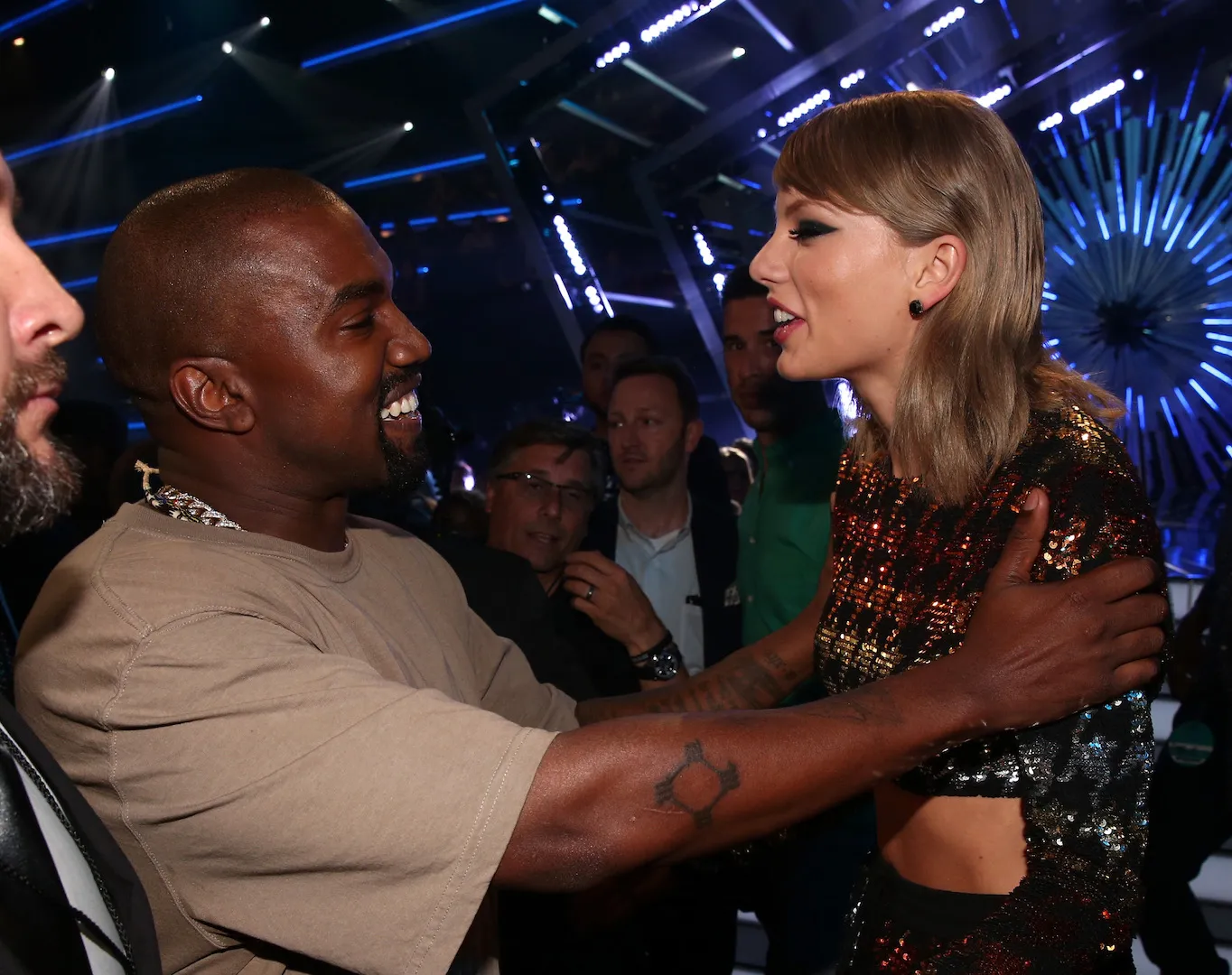
Guillermo del Toro Created a Serial Killer Potato for His 1st Stop-Motion Project
Guillermo del Toro is one of the most acclaimed directors working today, with a filmography that includes some of the scariest, weirdest, and most emotionally resonant films of the modern era. His latest endeavor, the stop-motion reimagining of Pinocchio released to Netflix, has been a major hit.
While many would think working with an unfamiliar medium might have hindered his directorial abilities, it turns out he’s a lot more experience with moving models than some fans would think.

Del Toro’s ‘Pinocchio’ is a huge success
Del Toro’s Pinocchio has received critical acclaim since it dropped on Netflix. Lauded for its gorgeous stop-motion visuals, moving story, and the director’s trademark dark fantasy stylings, it’s a true triumph of filmmaking. A major component of why the film resonates so strongly with audiences is how different it was from what had come before.
Drawing partly from the original book, the director’s own childhood, and even Mary Shelley’s Frankenstein, what came out was dubbed a “brutalist fable.” Equal parts harrowing and heartwarming, it’s a truly unique viewing experience that will stick with audiences for years to come.
‘Pinocchio’ wasn’t del Toro’s first foray into stop-motion
One of the main reasons why Pinocchio ended up so striking is its amazing stop-motion animation. Easily on par with the best of LAIKA’s catalog, the ShadowMachine company’s work on bringing the characters to life brought a sense of reality to a story often considered a fairy tale.
It turns out that this wasn’t del Toro’s first time using the medium. The director sat down for an interview on The Tonight Show back in December to discuss his new movie. While there, he revealed that his first use of stop-motion – and, indeed, his first movie ever – came in his childhood.
Being gifted a Super 8 camera by his parents, the young del Toro reportedly crafted his first movies out of claymation. One of these was about “a serial killer potato that became sentient, murdered a whole family, and decided to conquer the world.”
As funny as that sounds, however, del Toro went on to explain that the potato’s main flaw was his hubris, leading him to walk out into the street and be crushed by a car before he could put his plans into action. An ironic end fit for the most Machiavellian of villains.
Del Toro has had a long history with the puppet, and his story
Pinocchio was far from a spur-of-the-moment decision on del Toro’s part. As revealed in the same interview, he’d been dreaming of making his own version of the story ever since he was a kid. Having experienced the Disney original back in Guadalajara, he was quickly enamored with how it “captured how horrible childhood felt” at that age, according to Looper.
As an adult, he first got a look at the 2002 Gris Grimly illustrated copy of the original novel, cementing exactly what kind of world he wanted his film to reflect. In 2008, del Toro officially announced his intentions to adapt the original The Adventures of Pinocchio novel.
The movie’s notorious start-stop production would face numerous challenges over many years after that. It’s hard to say all of that effort wasn’t worth it when watching the finished product, though. Perhaps the director’s biggest influence, however, was his mother.
Being the person to take him to that original screening, she was a huge supporter of his filmmaking dreams and of his Pinocchio ambitions in specific. While she may have died just a day before the film’s premier, he believes she’d be proud of what he accomplished.


